Diesel engine generator governors are now and then allude to as the speed controller for the diesel engine. Therefore, the diesel engine must keep up a pre-decided speed to keep up generator yield details. In the event that the engine speed isn’t right the generator won’t keep up the required yield determinations.
This article will investigate the diverse sorts of governors prepared on diesel generator sets.
Governors can be isolated into two essential gatherings:
- Mechanical/Electrical Control – Meanwhile, older generator sets use these control frameworks. Fuel framework is controlled by mechanical representative.
- Electronic Control – Therefore, newer generator sets utilize an electronic control framework. This framework interfaces and controls engine and generator control capacities to give a steady, solid power source.
Table of Contents
Also read: Why Your Diesel Generator Won’t Start?
Mechanical/Electrical Control
Mechanical/Electrical Control frameworks were the main control frameworks presented by generator producers. This interfaced mechanical engine control capacities with generator electrical load needs. Numerous generator control frameworks are accessible, all work under a similar plan standards. A Woodward Control System is highlight underneath:
- Woodward Governor – Engine speed is mechanically controlled by diffusive senator. Senator gets simple information signals from controller.
- Speed Sensor – Magnetic sensor that provisions data to the Woodward controller.
- Woodward 2301A Controller – Receives signals from speed sensor and transmits signs to senator and outer client provide switch sheets.
Therefore, this control framework is thought to be a simple control framework. Framework settings are expert by with the utilization of modifying tightens turned a particular course to achieve a required setting. Different generator control is offered with this framework. Generator(s) supply power to an office provided switchboard control framework.
Extra equipment establishment can take into account remote correspondence and task of the crisis power control framework.
Electronic Control
Generator outline and creation advanced with the appearance of computerized innovation. therefore, to outline the interface between the engine, generator(s) interface control, this segment is isolated into the accompanying regions:
- Analog and Digital Signal – Basic idea utilized while presenting a generator set that has an engine outfitted with an engine ECM (Electronic Control Module), however does not have an interior control framework.
- ECM – Define interface amongst ECM and engine capacities for generator sets that are not furnished with cutting edge generator controls.
- Engine and Generator Interface Controls – Introduces incorporated programming bundle for engine and generator controls.
Figure 1: ECM
Simple and Digital Signal
It is essential to comprehend the contrast amongst simple and advanced signs when refreshing a more established simple setup to the more up to date computerized control design:
- Analog Signal – Signal is characterizing as a sine wave. This flag is quantifiable and controllable through the total cycle of high and low pinnacles. Particular modifying screws permit singular framework alterations.
- Digital Signal – Signal is characterizing as a square wave. Information sources and Outputs from controller are in two states:
OFF – 0 to 2.5 VDC
ON – 2.6 to 5.0 VDC
Meanwhile, on the off chance that office necessities direct the need to interface simple signal(s) with computerize signal(s). An inverter can be introduce to change a computerize flag to a simple flag. Therefore, a converter can be introduce to change a simple flag to an advance flag.
ECM
This case delineates the interface between the segments of a generator set that has propelled engine controls, however, depends on outer correspondences from and outside control panel. The stream for instance underneath was compose utilizing data from a Cummins QSK45/60 Industrial Wiring Diagram. Therefore, segment definition beneath:
- ECM – Receives input flags and transmits yield signs to engine. Gets input signals from control panel.
- Engine – Generator prime mover. Gets input flags and transmits yield signs to ECM.
- Control Panel – Receives input signals from generator and transmits yield signs to ECM.
The engine ECM is the core of the engine control. It can finish the data circle between the engine, generator and control panel. Computerize and simple information exchange between the engine, ECM and Control Panel is either info or yield. The following are a few illustrations:
- Engine Transmit to ECM – Engine speed, temperature and coolant sensor. Fuel pump, timing rail and fuel rail weight.
- ECM Transmit to Engine – Engine begin, fuel shutoff, fuel and timing rail actuators and fan grip.
- Generator Transmit to Control Panel – Generator supplies voltage to control panel for dissemination.
- Control Panel Transmit to ECM – The control panel houses a client provide segments.
Signs are transmit to the ECM for throttle acclimations to keep up speed prerequisites.
Correspondence between the framework segments amid a power disappointment for this framework are:
- While, begin flag sent from control panel (by means of programme exchange change) through ECM to engine.
- So, engine begins. ECM screens engine works and alter energizing to achieve preset engine speed. ECM can close engine down amid basic engine disappointments.
- As, generator sends voltage to control panel for dispersion. Numerous control panels have capacity to screen generator operating insights.
- Therefore, essential power is reestablish. Control panel transmits engine stop flag to ECM. ECM transmits shutdown flag to engine.
Engine and Generator Interface Controls
Meanwhile, more up to date generator models are present with a full observing and control equipment and supporting programming (Figure 4). The inclusion of modules for paralleling capacity. However, this course of action could be in a repetitive setup for basic crisis power supplies. Therefore, on the off chance that one generator fizzle, stack is decrease and alternate keeps on supporting burden.
Also read: Tips on Buying a Used Diesel Generator that Lasts Longer
In the underneath case two generators power by Cummins QSK45 generators are utilize. The control framework utilized is PCC 3200. Therefore, the individual modules of the unit are in use for:
- Fuel (Connector 02) – Communicates with information and yield engine fuel framework parts.
- Base (Connectors 05 and 06) – Communicates information and yield base engine work segments.
- Generator (Connector 01) – Communicates info and yield signals with generator.
- Parallel (Connector 04) – Allows paralleling of different generators.
- TB6 – Networking card. Permits arrange ability for every generator on the system.
The grouping of occasions amid power disappointment are direct under the essential ideas in the previously mention ECM area. Therefore, the distinctions are:
- Meanwhile, all generator equipment and programming contained in one operating framework.
- Capable of paralleling various generators.
- Therefore, advanced checking and announcing abilities.
Frequently Asked Questions About Generator Governors
What are diesel engine generator governors?
A diesel engine generator governor is a system that maintains the mean speed of the engine within certain pre-decided limits, under fluctuating load conditions. The governor system does this by regulating and controlling the amount of fuel being supplied to the engine.
What are the types of governors fitted into a diesel engine generator?
Usually, modern diesel engine generators come fitted with three types of governors. These include Mechanical, Electronic and Electronic Control Units (ECU). All three work in pretty much the same way to control – they reduce the fuel injection when the engine runs above the set speed while the injection of fuel is increased if the engine runs below the set speed. The governors do this by moving the fuel through an actuator or altering the fuel supply with common rail or unit injectors.
What are the advantages of the three types of governors?
All three types of governors – Mechanical, Electronic and Electronic Control Units (ECU) come with their own definite sets of advantages. The mechanical governors are highly affordable, simple to use, and upgradable to the electronic unit if needed. The cost of an electronic governor might be slightly high, but it provides excellent regulation and programmable controls. While the electronic control unit has the best regulations in terms of speed and emissions. It is programmable, has an extensive generator control module and enables engine fault readings.
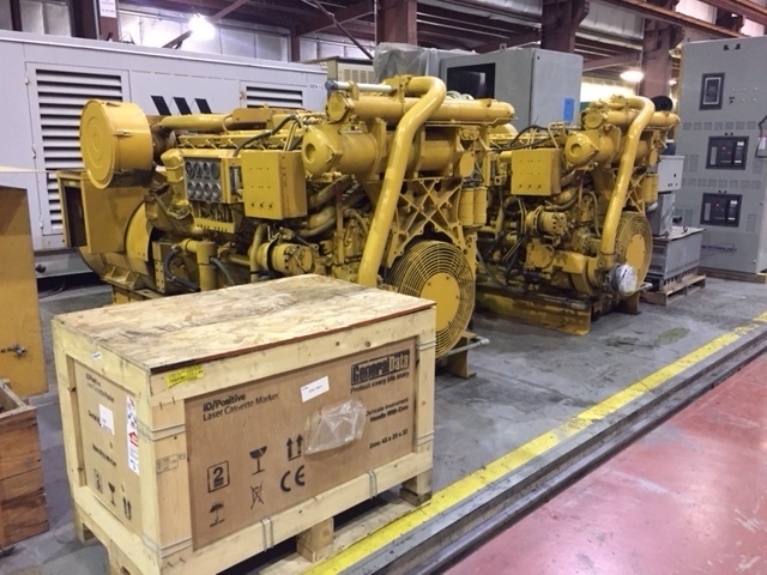

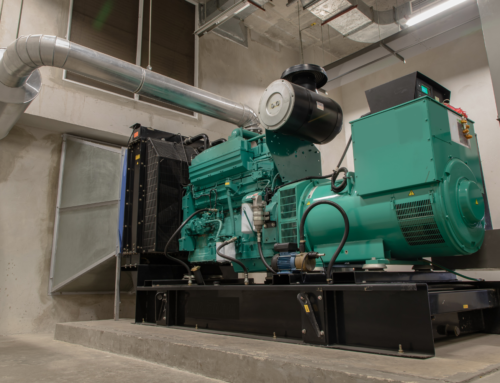
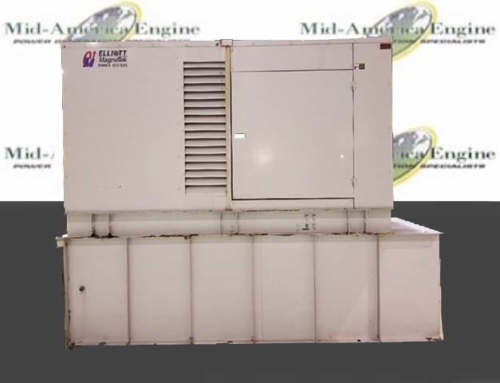
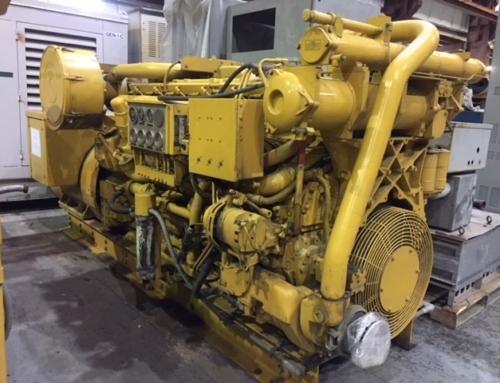
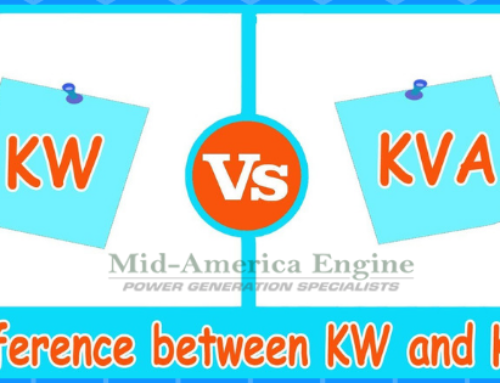




![Commercial Generators Buying Guide 2024 [By Generator Specialist] 6 Commercial Generator](https://www.midamericaengine.com/wp-content/uploads/2016/07/Another-Commercial-Power-Project-Completed-66x66.jpg)
![Natural Gas Generators Buying Guide 2024 [By Generator Specialist] 7 natural gas generators](https://www.midamericaengine.com/wp-content/uploads/2018/09/IMG_8223.JPG-66x66.jpeg)

Leave A Comment